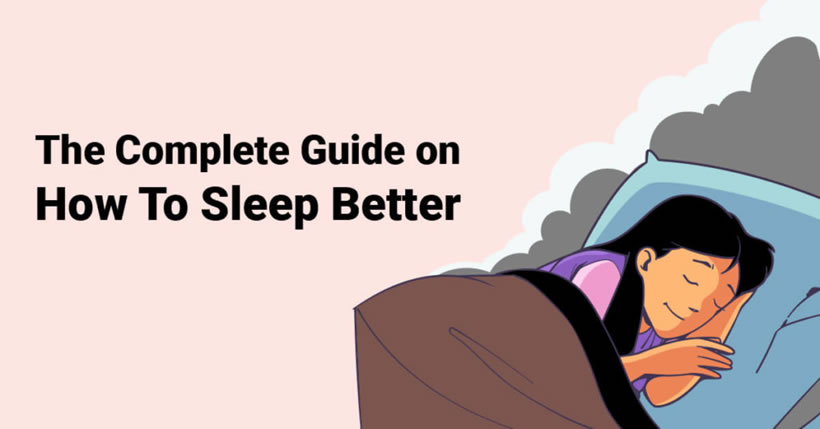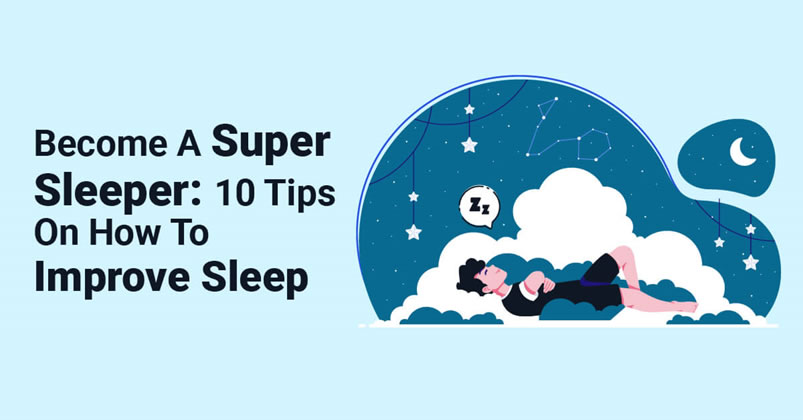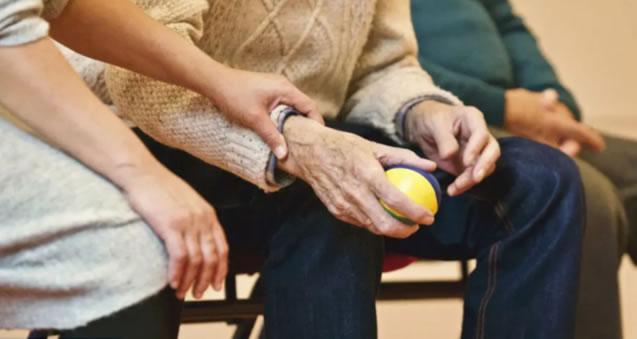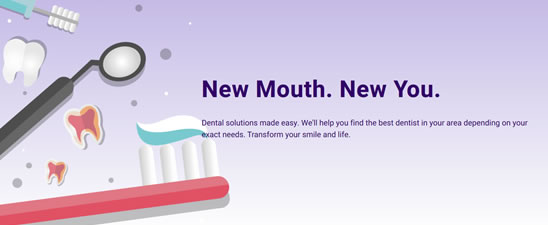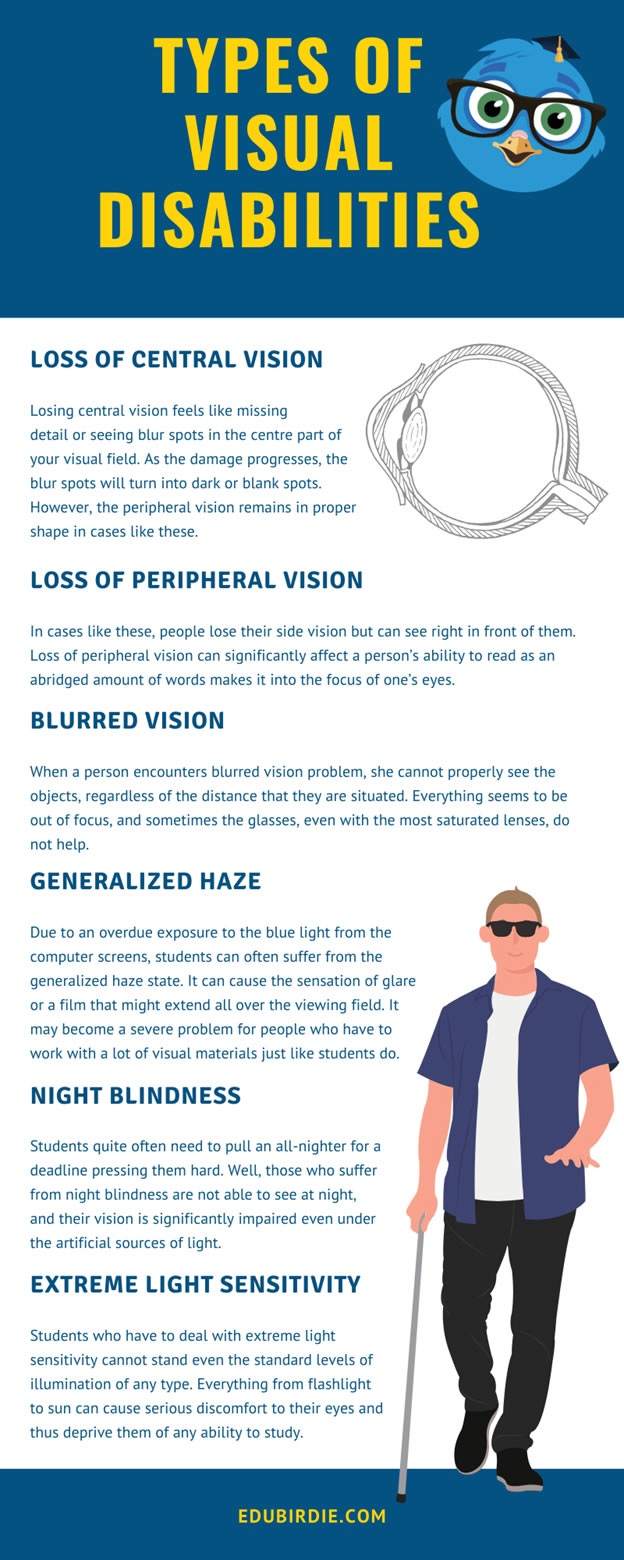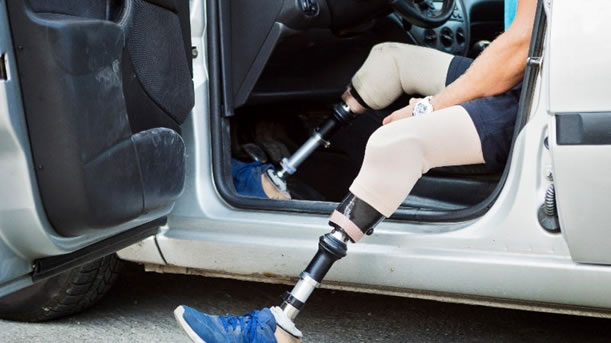|
Because He Cares |
Tips to Get Better Sleep during Your Divorce Health and Wellness, Divorce Advice, Self Care, Mental Health Hiw do you sleep during divorce? Tips for sleeping better Divorce. It’s one of the most stressful events in a person’s life. Going through the divorce process is emotionally overwhelming and chaotic, and it requires that you think clearly so you can make critical decisions about your future as a single person and possibly the lives of young loved ones. But how can you do this when you lie awake in the middle of the night with visions of your impending divorce dancing in your head? PLEASE VIEW ALL DETAILS HERE>> Better Sleep during Your Divorce |
18 Tips to Boost Confidence Right Now, Because You’re Awesome At some point or another, everyone needs a confidence boost. Like finding the perfect pair of jeans or getting to inbox zero, confidence is a pretty elusive thing. But without it, it’s all too easy to fall down the rabbit hole of self-doubt and negativity. And this not only hurts us on a personal level (anxiety, depression, membership to the lonely hearts club), but it can also put a damper on our professional success. That’s why we made it our mission to find self-confidence shortcuts. Klaus Vedfelt/Getty Images Consider these tips your rocket boosters to soar over the toughest situations with swagger, whether it’s rocking a first date or acing an interview. We searched high and low for the 19 best ways to boost confidence, and we have to say: they’re pretty darn awesome. PLEASE VIEW ALL DETAILS ON THE WEBSITE |
100 Ways to Boost Your Self-Esteem in Quarantine (and Post Quarantine, too!)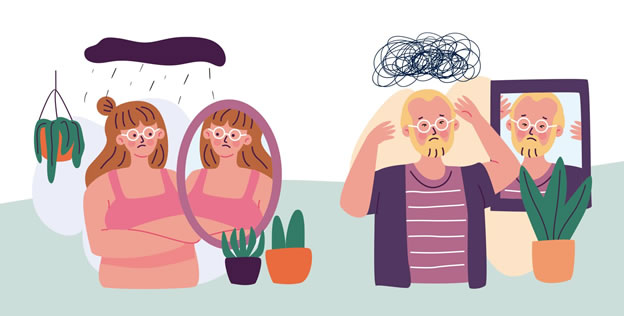 The coronavirus pandemic has altered everyone’s way of life globally. Still facing the uncertainties, it’s easy to be demotivated and suffer from low self-esteem. Are you struggling to remain focused and productive through the quarantine? You are not alone. The feelings of depression, hopelessness, anxiety are the primary responses to the effects of the pandemic. Whether you are a student, an employee working from home, you lost your business or job during the pandemic. You don’t have to sink into depression or suffer from low self-esteem. You can still maintain your mental and physical health during this challenging moment. Table of Contents Introduction Effect of the Pandemic on Mental Health Fear and Anxiety Suicidal Feelings and Substance Abuse Depression Effect of the Pandemic on Physical Health Change in Lifestyle Behaviors What is Self-care and Why it’s Important Why is it Important to Boost Your Self-Esteem Some of the steps that will boost your self-esteem 100 ways to Boost Your Self-esteem/Self-care Tips Know When to Seek Help References We searched high and low for the 19 best ways to boost confidence, and we have to say: they’re pretty darn awesome. PLEASE VIEW ALL DETAILS ON THE WEBSITE |
How to build your confidence post-lockdown "One definition of trauma is that our worst fears come true. The pandemic will have been exactly this for many people," says Julie Dearden, psychotherapist and spokesperson for the UK Council for Psychotherapy. "Amongst other experiences, we have been ill, bereaved, trapped, out of control, without a voice, separated from loved ones and impoverished. "These traumatic experiences will have, for many of us, deeply disturbed our sense of ourselves, our safety, the relationships we rely upon, our daily routines," explains Dearden. "Without these key senses of safety and balance our very beingness becomes disturbed. Temporarily we may not know who we are and cannot believe in a way forward." |
The Complete Guide on How to Sleep Better The average person is aware of how awful one bad night’s sleep can make us feel. However, most people aren’t aware of the long term side effects of not sleeping enough. Many of us have such trouble sleeping that we go without it or turn to prescribed sleeping pills to solve the problem. These are short term solutions that will not improve our overall health. Sleeping pills have many unwanted side effects. Is there a way to get more sleep without having to take sleeping pills? Yes. In fact, throughout this article, you will find dozens of tips and tricks which will help you get to sleep at night. Not only will they help you get to sleep but they will help you sleep better. Which means you will feel more rested when you wake up. |
Become A Super Sleeper: 10 Tips On How To Improve Sleep If that’s what you want for yourself, this guide has all the tips you should follow to get there. Keep In Sync With Your Body |
Sleep and Aging: Improving Sleep Quality in the Elderly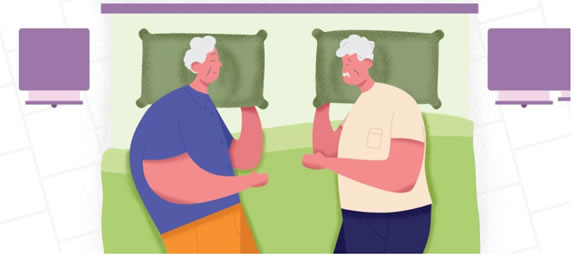 Good quality sleep is essential for older adults' well-being. As one gets older, not sleeping enough or poor sleep quality becomes an issue. Other sleep problems that come with age include sleep apnea, excessive sleepiness, and daytime drowsiness. Sleep problems and disorders in older adults can lead to severe repercussions on their physical and mental health. Recent studies have linked poor sleep quality in older adults to increased risk for accidents, heart disease, kidney problems, Alzheimer's disease, depression, suicide, and risk-taking behavior. In this guide, we'll take a closer look at why sleep gets more elusive as you get older and the steps you can take to finally drift off to a night of deep, restorative sleep. Table of Contents Why sleep is crucial as you age How much sleep do older adults need? Why sleep quality grows more elusive as you get older What sleep problems do older people experience more often? Consequences of lack of sleep in the elderly 15 steps to improve sleep quality as you age When to seek help Medical disclaimer Sources FOR MANY MORE DETAILS ON THIS SUBJECT SEE WEBSITE |
Which DNA Test is the Most Accurate? For example, DNA testing services like AncestryDNA offer popular ethnicity tests that are incredibly reliable. For an ancestry test, the above-mentioned DNA testing companies are highly recommended. The exact accuracy of your test results may vary depending on a few potential factors. These include: the DNA testing kit you use These home DNA test kits are primarily for entertainment. They’ll help you learn some new information about yourself. They’ll also help establish your carrier status for certain conditions. However, when it comes to your health and wellness, nothing beats a licensed medical practitioner. Your DNA results can provide some surprising info about your genetic predisposition to certain ailments. Ancestry testing can help you find new additions to your family tree. Any health reports you receive in your DNA analysis are simply suggestions to improve health. The report may include things like: Suggesting more exercise and exercise types based on your DNA sample Many of these kits focus on ethnicity or ancestry testing instead of your health and wellness. However, one downside is that the outcomes can be somewhat vague. If you’re looking for something specific, say Native American blood, Jewish ancestry, or Irish lineage, you may find your final percentages unclear. Even if most of your genetic ancestry originates from one of these populations, it won’t be enough to gain access to organizations associated with these ethnic groups. However, they can give you fun information like how much Neanderthal DNA you might have. Genetic testing can be effectively used to find distant relatives or long-lost family members as well. If genetic genealogy is your goal, DNA testing kits are a great option. They allow you to track your maternal line with mtDNA tests (mitochondrial DNA tests). They can also track your paternal line with y-chromosome tests (Y-DNA test). DNA services like AncestryDNA and 23andMe even offer tools to build an online family tree! PLEASE VIEW ALL DETAILS ON THE WEBSITE |
 Supporting a Child Whose Loved One Has Cancer It is important to provide your child with the support they need during this difficult time. Taking the time to teach your child healthy coping mechanisms and answer any questions they may have about cancer can help them get through this new and challenging experience. |
| Mesothelioma Mesothelioma is a rare and aggressive cancer caused by asbestos. It forms when sharp, loose asbestos fibers become lodged in the lining of either the lungs or abdomen. These fibers irritate tissue, which becomes diseased. Most patients live for around one year after diagnosis, but treatment can prolong survival. Symptoms of Mesothelioma Some mesothelioma symptoms are similar to pneumonia, such as shortness of breath and coughing. People begin experiencing signs of mesothelioma 20-50 years after exposure to asbestos.  2,500-3,000 cases each year in the U.S. Two main types: pleural (80%) and peritoneal (20%) Men = 77% of cases Caucasians = 93% Ages 55-84 = 80% At-risk occupations = Military veterans, shipbuilding, construction, electrical work, automobile repair, mining and plumbing PLEASE VIEW ALL DETAILS ON THE WEBSITE |
Mesothelioma and Assisted Living
xxxxxxxxxxxxxxxxxxxxxxxxxx FOR MANY MORE DETAILS ON THIS SUBJECT SEE WEBSITE |
Why Is Medication Disposal Important?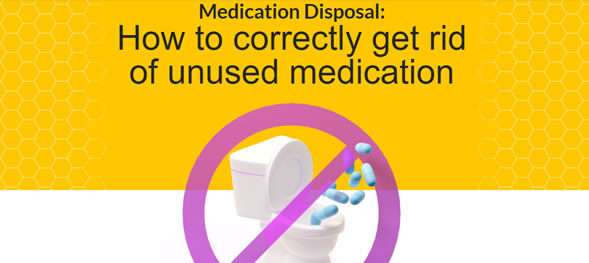 Take a deep dive into the back of your bathroom cabinets and you’re almost guaranteed to find a bottle or two of medication you’ve been prescribed over the years. And, although it’s likely to have been given to you to help cure a temporary issue that you’ve not given any thought to for quite some time, hanging onto it is something that we’re all tempted to do. However, while keeping a stash of unused or expired medication might seem like a good idea, it could actually cause more harm than good if the issue it’s been designed to treat were ever to come back. There are a couple of reasons for this. The first being that medication past its expiration date loses some of its potency over time. And, while it is usually still safe to consume a couple of years past its expiration date, it will eventually become ineffective. This is especially true if it’s been sitting unused for many years. So while you might think you’re saving yourself a trip to your local pharmacy by taking expired medication, you won’t be curing your ailment as effectively as you could be. It’s not only expired medication that needs to be disposed of, though. If you’re keeping a supply of medication that has done its job and you no longer need it, you’re increasing the chances of it falling into the wrong hands. This means the medication could potentially be accidentally ingested by a young child which could result in a trip to the emergency room or, even worse, a fatality. Disposing of your unused and expired medication is the best way to prevent any of the above situations from occurring. However, it’s not as simple as throwing your medication into your kitchen bin or flushing it down the toilet. In fact, improper disposal of medication has many consequences that can affect the environment and the people around us in ways you would never have thought. FOR MANY MORE DETAILS ON THIS SUBJECT SEE WEBSITE |
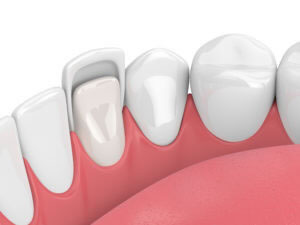 What Are Veneers? Veneers are a cosmetic dental treatment because they are elective and placed for aesthetic reasons. They are otherwise known as a "smile makeover." In a survey by the American Academy of Cosmetic Dentistry (AACD), veneers were the third most common dental treatment among patients in 2013 (41 percent). Survey participants could select as many procedures as applicable. How Much Veneers Cost & Ways to Pay for Veneers A veneer is a thin, tooth-colored shell that fits over the front of your tooth. The shells change the color, shape, and size of your natural teeth. This treatment is an excellent option for tooth discoloration, as well as crooked, gapped, and irregularly shaped teeth. tooth in lower jaw with dental veneer On average, the cost of a traditional veneer is anywhere between $600 and $2,500 per tooth. Porcelain veneers are the most expensive. Prepless (no-prep) veneers, such as Lumineers, are a little cheaper. They tend to cost anywhere between $650 and $2000 per tooth. |
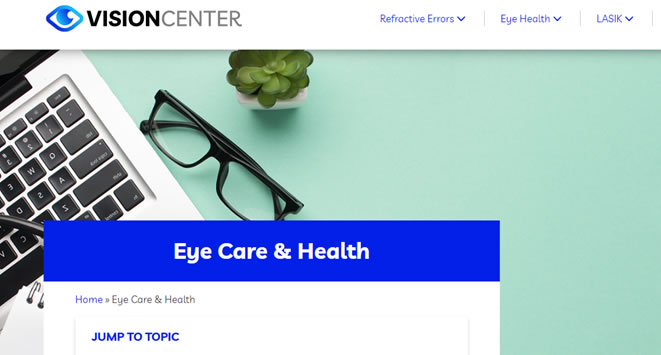 TOPICS Glaucoma Cataracts Diabetic Eye Diseases Keratoconus (Bulging Cornea) Macular Degeneration Eye Styes Chalazion Visual Contrast Sensitivity Color Blindness Corneal Ectasia Dry Eye Syndrome Droopy Eyelids (Ptosis) Digital Eye Strain Corneal Ulcers Eye Floaters Pterygium (Surfer's Eye) Pink Eye (Conjunctivitis) Lazy Eye (Amblyopia) SEE WEBSITE FOR MUCH MORE INFORMATION |
N95 and Surgical Face Masks studied: Effective or a waste of time? A recent study from the Lancet shows that a 6ft separation is significantly more effective at reducing transmission of Covid-19 that 3ft. This study on viral transmission goes a good way to advising on other recommended steps to follow if you are considering venturing out, or going back to work, or you're going to be around friends and family who might be more vulnerable. The 172 observational studies of the virus behavior were taken in community and healthcare settings - whereas previous studies likely were presumed from influenza patterns. The risk of infection when individuals stand at least 3ft away was 3 percent, compared to 13% if they were closer. Every additional 3ft more cuts the risk by half again - researchers found. Proper face masks reduced the rate of infection from 17 percent down to 3 percent. Wearing face shields, googles and eyewear reduced the infection rates a similar number. Next, we cover briefly the differences between a few of the face mask types you will have seen in the wild: With that in mind, here is a short summary and review of our thoughts on the different types of face masks on the market. |
The disease — declared a pandemic by the World Health Organization on March 11, 2020 — has spread to every continent except Antarctica and continues to close schools, workplaces, restaurants, and other social spaces as health authorities attempt to slow the spread. Here are some key statistics to know about COVID-19. PLEASE VIEW ALL STATISTICS ON WEBSITE |
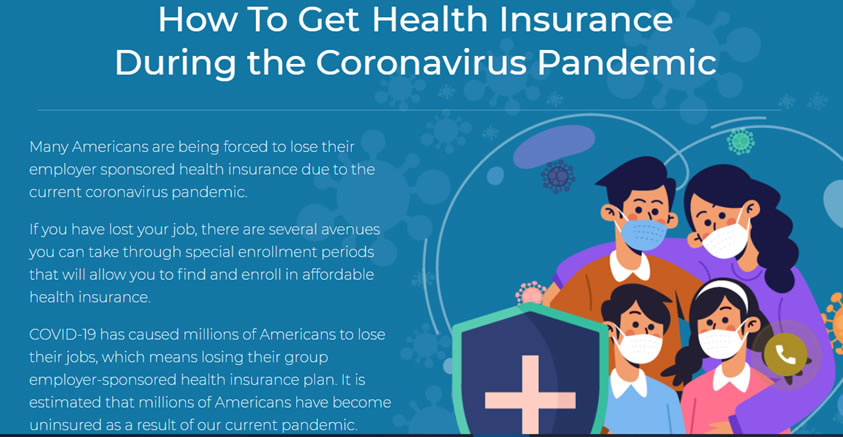 When a loss of health insurance occurs, it triggers a special election period (SEP) that allows you to buy the Affordable Care Act (ACA) health insurance. You can buy this coverage either on or off the exchange, but premium subsidies and cost-sharing reductions are only available to you if you purchase your plan on the exchange. If you are 65 years old or older, now might be a really good time to activate your Medicare Part A and Part B and jump onto a Medicare plan. Medicare plans often are much less expensive than group-employer sponsored plans, and if you get a new job, you will not have to worry about their health plan. Your Medicare goes with you wherever you land. |
|
 Are you worried that you might struggle with a mental health issue? You’re not alone. Nearly 50 million people in the United States live with at least one mental illness. We created our Mental Health Self-Test to allow you to get more information about your condition. The test screens you for 12 of the most common mental health conditions. Answering the questions will give you an idea of how likely you are to have each condition. The higher your score, the more likely you need to talk to a doctor. Your results should be used as part of the conversation with your doctor. And, no matter what your results say, if you are concerned you have a mental health condition, you should talk to your doctor. The test also provides a lot of helpful information. Here is the table of contents so you have some idea of what’s inside. Table of Contents Anxiety disorder: 19.1% (48 million people) Bipolar disorder: 2.8% (7 million people) Borderline personality disorder: 1.4% (3.5 million people) Major depressive episode: 7.2% (17.7 million people) Obsessive compulsive disorder: 1.2% (3 million people) Post-traumatic stress disorder: 3.6% (9 million people) Schizophrenia: less than 1% (1.5 million people) SEE WEBSITE FOR FULL DETAILS |
Depression | Recognizing Depression, Causes and Treatments |
Guide for Students with Visual Impairments + Scholarships |
Autism and Sleep In a report published in 1999, psychologist Amanda Richdale estimated that 44-83% of children on the autism spectrum experience sleep challenges, the most common of which are difficulty falling asleep, frequent wakings during the night, and early morning waking. Other difficulties include: Insomnia
|
Brain & Behavior Research Foundation |
Car insurance for drivers with disabilities: Everything you need to know Insurance providers, the very companies that determine how much of a risk a given driver poses, are just as likely to provide coverage for a competent driver with a disability as they are a driver with no disabilities. In fact, since 1990, when the Americans with Disabilities Act (ADA) was made law, discrimination against individuals with disabilities has been outlawed as it relates to transportation. If you have a disability and are concerned about whether it might affect your ability to get car insurance, you should put your worries to rest. But understand that even with these protections in place, insurance companies base their policies on risk and cost factors. While some of these factors, like the kind of car you drive, your gender and your driving history have nothing to do with your disability, some factors that are considered to a lesser extent are linked to physical handicaps. To make sure you get the best coverage possible, here are some things you should know to keep your costs down. |
 Using Data Science to Help Tackle Mental Health Issues Here at DiscoverDataScience.org we’ve begun to explore all of the ways that Data Science can be used for social good. Some of the most exciting and positive applications of the power of Data Science are in the fields of Crisis Counseling and the Mental Health Industry at large. Our “Data Science, Crisis Counseling, and the Mental Health Industry” guide explores the potential for big data to aid in the diagnosis and treatment of Mental Illness. In addition, the guide explores how Data Science is improving Crisis Response centers, such as suicide prevention call centers, to better allocate valuable human resources and time. We included several case studies including how Columbia University is already using big data to try to tackle these issues. You can find the article here: This article is a great resource for interested students and professionals looking to learn how Data Science may help accelerate diagnosis (and thus treatment) for those struggling with Mental Illness. SEE MUCH MORE DETAIL ON DDS WEBSITE |
 10 Unexpected Signs of Depression #1 Unexplained pain symptoms |
How Are Depression and Addiction Related? Depression is one of the most prevalent mental disorders in the United States. An estimated 16.1 million American adults over age 18 experienced at least 1 major depressive episode in the past year in 2015. That’s equivalent to 6.7% of all adults in the country.1 |
What Is an Eating Disorder? |
 The Distinction between Binge Drinking and Alcoholism Most people know that alcohol issues develop when people lose control over how much or how eagerly they drink. That lack of control defines and outlines an alcohol disorder. But there can be subtle distinctions between problems relating to alcohol. For example, there are differences in habits and dangers among people who binge drink and people who have alcoholism. This article will outline and define what makes these two alcohol use disorders different from one another. Binge Drinking Defined Alcoholism Defined Binge Drinking Risks Alcoholism Risks Binge Drinking Treatment Alcoholism Treatment Why Accurate Diagnosis Matters SEE COMPLETE DETAILS ON WEBSITE |
 Across America, perhaps no one single group of people sacrifice more for their country than the armed service members – both active duty and retired veterans who at some point in their lives were willing to give up everything to protect and defend their nation. At the same time, the suicide rate among American veterans has increased by 25 percent in the last decade, making them more in danger of mental health disorders than the population at large. With over 23 million veterans across the country, studies suggest that only half of returning service members who need treatment for their mental health actually seek care, and substance abuse continues to mark a growing concern among both enlisted and retired members of the armed forces. To learn more about the immediate nature of this growing tragedy, we're analyzing 2017 Behavioral Risk Factor Surveillance System (BRFSS) data from the Centers for Disease Control and Prevention (CDC). Our study takes a close look at the dangers of binge drinking among veterans, drunk driving incidents, and the emotional and physical trauma that could be leading to this substance misuse among some of America's most dedicated heroes. PLEASE VIEW WEBSITE FOR MORE DETAILS American Addiction Centers (888) 987-1784 200 Powell Pl Brentwood, TN 37027 |
Learning that your child has cerebral palsy can be devastating news. Yet, by educating yourself, including learning about treatment options and how to help manage the disorder, your child can still live a productive life. |
Cerebral Palsy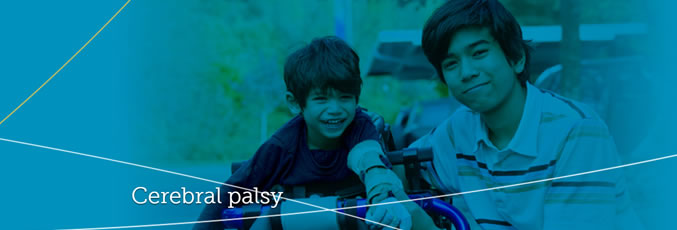 Cerebral palsy is an umbrella term for a group of developmental disorders caused by damage to the brain that can happen before, during or shortly after birth. It’s a non-progressive condition (which means that it doesn’t get worse in time) affecting movement, co-ordination, balance and posture. It can, therefore, affect a person’s gross motor ability, such as crawling, standing, walking and running; and fine motor ability, such as grasping, dressing, eating and writing. It may also affect vision, communication, learning and behaviour. Symptoms will vary from person to person, depending on where the brain is damaged and to what extent. Unfortunately, there is no cure, but treatments including surgery, medication and therapies can help to relieve the discomfort of tight muscles. Treatments can also manage the associated medical problems, such as epilepsy, hip dislocation and contractures. Several complex factors can contribute to a baby experiencing brain damage and developing cerebral palsy. These include infection during the mother’s pregnancy, a difficult birth, premature birth and illness shortly after birth. Often the exact causes are unknown. Please browse the site to find out more about the different types of cerebral palsy and what support is available to make living with the disorder easier. See Website for Complete Details |
 Cerebral Palsy – The Complete Guide What is Cerebral Palsy? Cerebral palsy is a developmental disorder and leading cause of disability in young children. It affects approximately 500,000 children and adults, with around 8,000 babies and between 1,200 and 1,500 preschool-age children diagnosed each year. Cerebral palsy occurs as a result of a brain injury sustained during fetal development or birth. However, because the symptoms of CP affect a child’s coordination and independent movement, the injury is not always diagnosed right away, especially when the symptoms are mild. Parents usually notice that something is wrong when a child fails to reach developmental milestones such as rolling over crawling walking. This may lead to a diagnosis later in life, accounting for the children who are diagnosed as toddlers. Cerebral palsy is caused by damage to the motor cortex of the brain. This is the part of the brain that affects muscle control and coordination. For this reason, children with cerebral palsy frequently struggle with walking and fine motor skills. The type and severity of symptoms can vary significantly from one patient to the next, and an individual’s case may be made more complex by the presence of coexisting conditions such as cognitive disability epilepsy vision problems and more CP treatments are always highly individualized to suit the needs of the patient. There is no cure for cerebral palsy, but many treatments and therapies exist that can provide relief from symptoms. PLEASE SEE WEBSITE FOR COMPLETE DETAILS |
 Recognizing and Addressing Depression Presenting as Anger As one of the more common mental illnesses in America, depression is most recognizable in the forms of sadness or apathy. However, depression doesn’t look the same for everyone who experiences it. In many instances, symptoms of depression, such as feelings of unworthiness and helplessness, can translate into anger. This can be particularly difficult for people with depression to navigate, especially if feeling angry is uncharacteristic of their typical behavior. Battling depression on a daily basis is lonely and exhausting enough to manage. Learning how to identify anger in depression in a healthy way can alleviate part of the struggle. SEE WEBSITE FOR COMPLETE DETAILS SUCH AS: How Prevalent Is Anger in Depression and What Does It Look Like? Why May Depression Present as Anger? How to Treat Depression and Anger |
Thousands of veterans who used 3M Combat Arms Earplugs and have suffered hearing loss and tinnitus. A U.S. Department of Justice (DOJ) whistleblower lawsuit filed against 3 M was settled in June 2018 with an agreement for the company to pay $9.1 million. We have been getting THOUSANDS of inquiries from Veterans who have suffered hearing loss from 3M Earplugs and we believe that it is extremely important to spread this information to as many Veteran organizations as we can - in hopes to help save or get restitution for as many Veterans who have been affected! |
 Mesothelioma Symptoms One of the most frustrating aspects of mesothelioma is that the cancer can hide inside your body for decades without showing any kind of outward sign. For all intents and purposes you may appear to be healthy while actually harboring the condition, and as it invisibly grows and gains strength it becomes more and more difficult to treat. The symptoms of this type of cancer are an important part of why mesothelioma is so difficult to treat. In order to have the best prognosis and for treatment to be successful, it is important that people at risk for mesothelioma know the signs and symptoms and carefully watch for them. Don’t let the symptoms be mistaken or anything else and if you feel your doctor isn’t taking your symptoms or concerns seriously enough, it may be time to seek a second opinion. PLEASE SEE Mesothelioma Website |
Car Insurance for Drivers with Disabilities |
| Disability Benefits Help Drug Addiction and Social Security Disability Drug Addiction - Condition and Symptoms Although most Drug Addiction starts with casual or social use of a drug, some people become addicted to a drug originally prescribed by a physician. A common misconception is that Drug Addiction is solely due to use of illegal substances, but that is not always the case. Alcohol is the drug most abused, and it is legal. Nicotine (cigarettes) and prescription drugs are other examples. Even caffeine is a drug. Do you have to have that coffee in the morning to avoid a headache? You may have a caffeine addiction. Obviously, some drugs cause a stronger addiction than others. Further, some drugs cause addiction over a long period of time, while others cause addiction remarkably quickly. PLEASE VIEW WEBSITE |
| Promoting Mental Health at Home: How to Design the Perfect Meditation Room There are all kinds of benefits to meditation, both physical and psychological. From reduced chronic pain to better cognitive function, meditating every day or even a few times a week is a wonderful way to boost your overall well-being and happiness. Creating the ideal space for your quiet reflection isn’t difficult, but there are specific elements you’ll want to include and others you’ll want to avoid. Let this be your guide to designing the perfect meditation room in your own home, and reap the most benefits from your meditation time. SEE MUCH MORE ON WEBSITE |
100+ Resources, Tips, and Discounts on Mobility and Accessibility Products for Seniors and the Disabled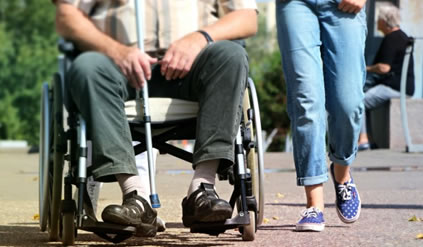 If there's one thing certain in life, it's that each one of us is temporarily able-bodied. One way or another, someday, we will face losing our mobility, at least partially. So it's never a bad idea to consider the ways to obtain mobility products and assistance, even if we don't need it just yet. Additionally, many of us are or will become caregivers for mobility-challenged individuals and need information on how best to serve them. We've taken a look at the different types of equipment and resources out there for anyone in need or interested. While not all sites are discount sites (most will attempt to work with your insurance company or Medicare to find you the best prices possible, where applicable), you can always catch sales if you check back from time to time. SEE WEBSITE HERE |
College Resources for Disabled Students: Best Colleges, Gov't Programs, Scholarships & Helpful Apps People with disabilities are a diverse and vibrant community, making up nearly one-fifth of the US population. Yet, they face unique struggles when it comes to accessing postsecondary education. People with disabilities of all kinds tend to attend and graduate college at far lower rates than people who do not have disabilities. According to a 2015 report from the Bureau of Labor Statistics, only 16.4 percent of people with disabilities over the age of 25 had completed a bachelor’s degree compared with 34.6 percent of their non-disabled peers. SEE MUCH MORE AT WEBSITE |
30 Meditation Room Ideas to Inspire Your Search for Inner Peace Are you thinking of starting the practice of meditation? Or maybe you practice regularly but have never really given yourself the relaxing space you desire? The atmosphere and mood of the space you're meditating in can make a difference in how quickly you relax and the state of mind you take on. Creating your personal space that resonates well with you can help you to find the peace you are looking for in your practice. There are so many inspiring images out there on how you can design your meditation space. |
 About Birth Injuries Birth injuries can develop in seconds, and if not taken care of promptly, they can cause severe or permanent issues. Children with untreated birth injuries may develop serious mental or physical handicaps, and some die without proper medical care. What makes birth injuries complicated is that many are not noticed until weeks or months after the baby’s birth. This can cause new parents additional stress and worry on top of caring for their baby. If you believe your child suffered an injury at birth, you are not alone. Thousands of children born each year suffer from some type of birth injury. While many birth injuries are not serious, some put your child at risk of dangerous complications. |
60+ Discounts, Health Care Resources, and Helpful Programs for People with Disabilities This is definitive list of all the government and private sector benefits for the disabled, a list of health insurance and medical device savings (among a slew of other discounts), and even a list of college scholarships. New for 2018, we’ve added a section of helpful apps for people with disabilities, like Access Earth and Be My Eyes. SEE WEBSITE HERE |
Over 750,000 hits have been generated since January - 2005
|











